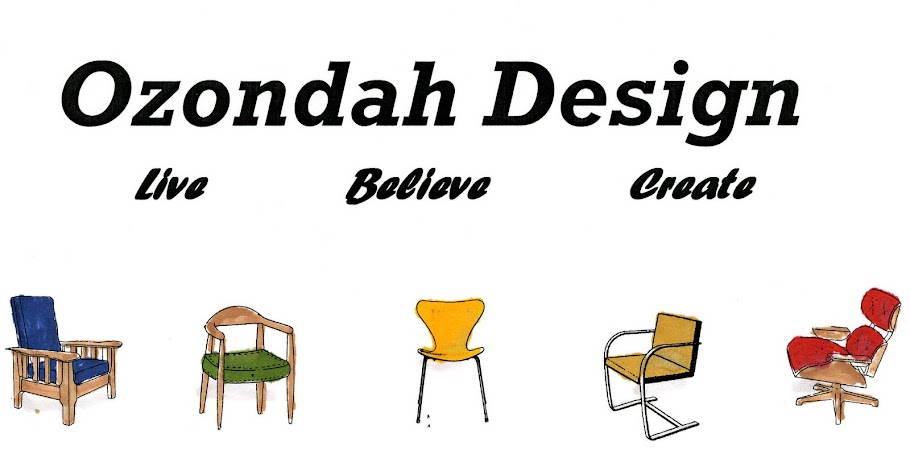
Copying Beethoven and Amadeus
In a two day time period I watched both Copying Beethoven and Amadeus. Watching them so closely helped me better differentiate between these two great composers, the lives they lived, their hardships and their accomplishments.
Both composers expressed their gifts from a young age. Mozart was cherished and praised for his talents by his family, particularly his father showing great love to him, and though it may have been to his demise, Mozart believed he could do anything and lived for joy. In contrast Beethoven had a very difficult childhood. Young Beethoven did not have the same joy in his life and this unhappiness seemed to transfer to his adulthood.
I trust that for the most part these movies were factual and this allows us a better understand of the real people. However I wonder if the crudeness both characters express in the movies was distorted because of the modern understanding of reading historical text. In other words could to be that they were not really as eccentric, in real life, as the movies portray them to be.
By way of contrast, I thought it was incredibly interesting to see, what I had learned in class, how each composer writes and understands their music. While Mozart would literally just received the music in his head and knew it was correct Beethoven had to work for months to get it precise. In Copying Beethoven it was fascinating to see how the music was placed into print to be sold and used by the musicians in the symphony.
Another noticed contrast was how each composer earned their wages. While both worked very hard at what they did, Beethoven has less of a hardship getting paid for his work. Based on the movies I would say this is because Mozart was more focused on having fun in his life while the ever serious Beethoven was so reclusive while writing that he was able to center his career efforts to profitable venues.
While there were many fictional parts in both movies I think that they can be overlooked in understanding and experiencing the worlds of Mozart and Beethoven.


















































